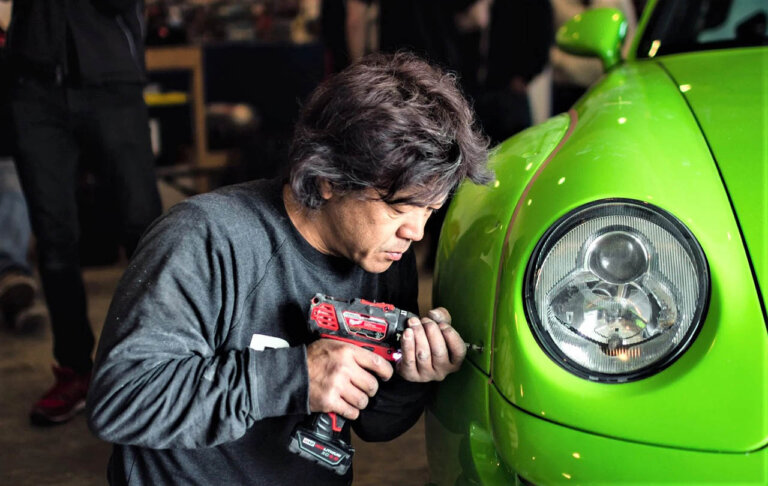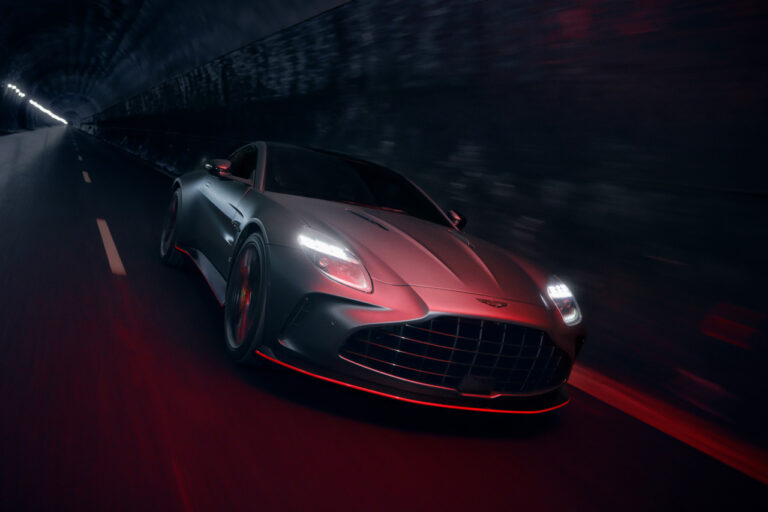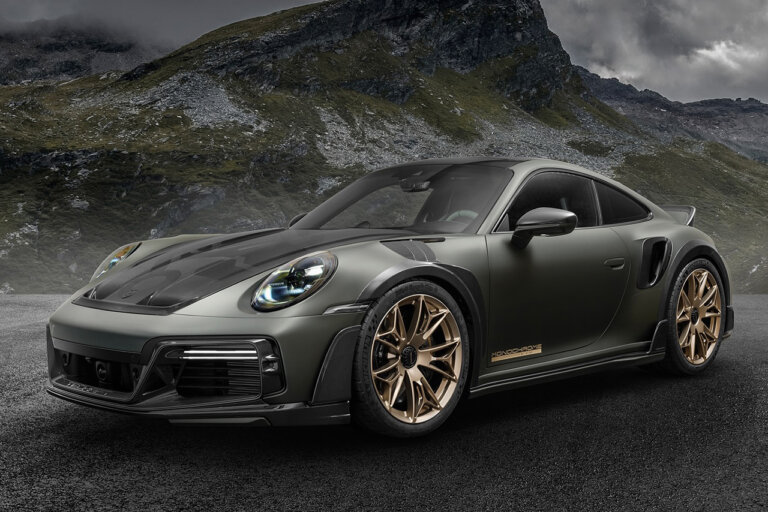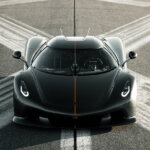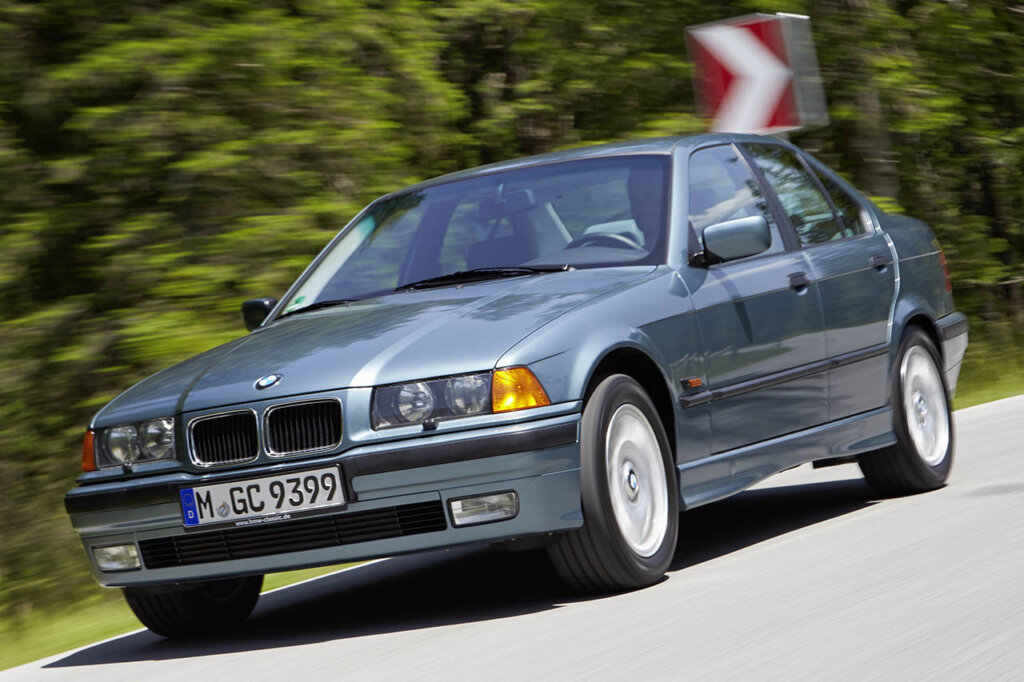
Source: BMW Pressclub Global
The BMW E36, hailing from BMW’s esteemed M3 series, holds a special place in the hearts of car enthusiasts and is a quintessential classic from the 90’s. As the second generation of the legendary M3 lineup, the E36 rightfully earned a revered status for its handling, power, and design. With its charismatic inline-six engine, finely-tuned suspension, and a focus on driver engagement, the E36 M3 embodies the essence of the “Ultimate Driving Machine” philosophy that BMW is renowned for.
Development of the E36
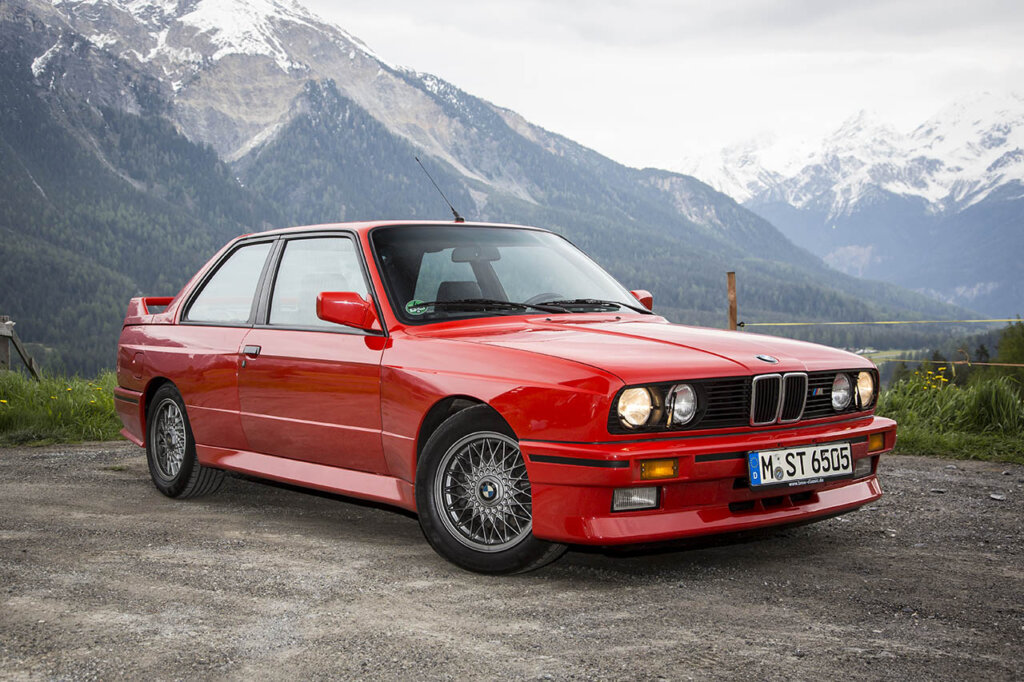
Source: BMW
The concept behind the initial release of BMW M3 was to transform a racing sedan into a street-ready version. Little did anyone anticipate the resounding success that the M3 would achieve, both on everyday roads and the most prestigious race tracks worldwide. BMW’s commitment continued after the company released the E36 M3 model in November 1992. It was initially offered as a coupè, but a convertible and saloon model was later added in 1994. The E36 M3 is propelled by the BMW S50 straight-six engine, marking a significant milestone as the first M3 to embrace a six-cylinder configuration—a design philosophy perpetuated in the majority of subsequent M3 models, albeit with a shift to turbocharged formats since 2014. In many regions, the initial 182 cu in iteration delivered an impressive 282 hp at 7,000 rpm and 236 lb⋅ft at 3,600 rpm. Notably, North American models, with the exception of the limited edition Canadian “M3 Euro-Spec” variant, adopted the slightly less potent BMW S50B30US engine.
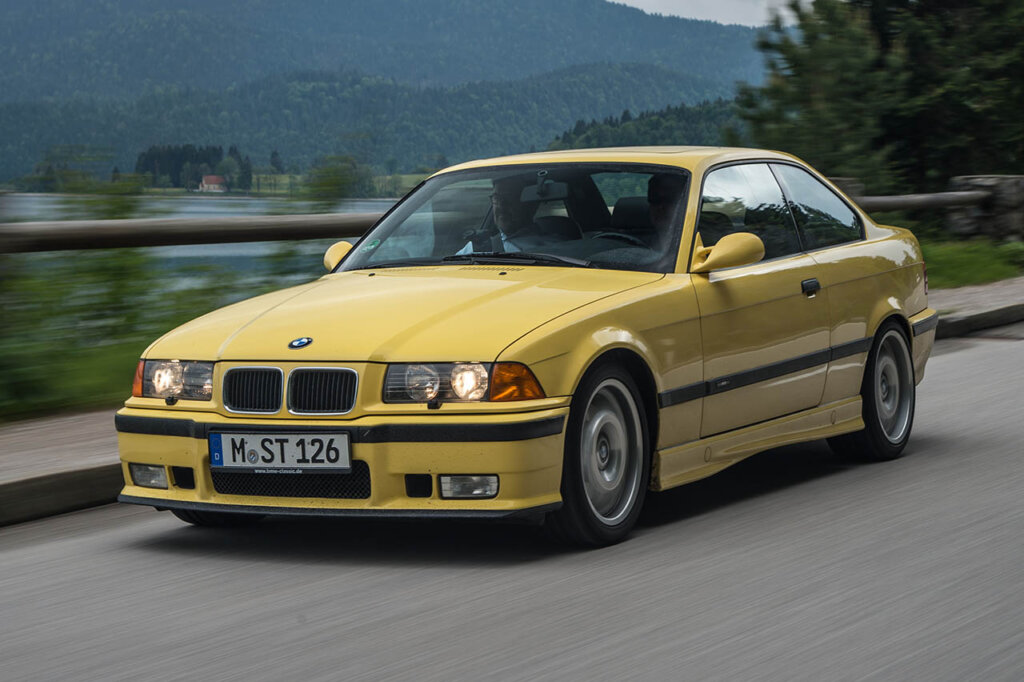
The facelift models introduced in late 1995 underwent an enhancement, featuring a larger 195 cu in version of the BMW S50 engine, producing 316 hp at 7,400 rpm and 258 lbf⋅ft at 3,250 rpm. In addition to an engine upgrade, the facelift model introduced the 6-speed “SM” automated manual transmission, enabling faster shift times and operation in performance like situations. However, North American counterparts continued to utilize the comparatively less powerful BMW S52 engine.
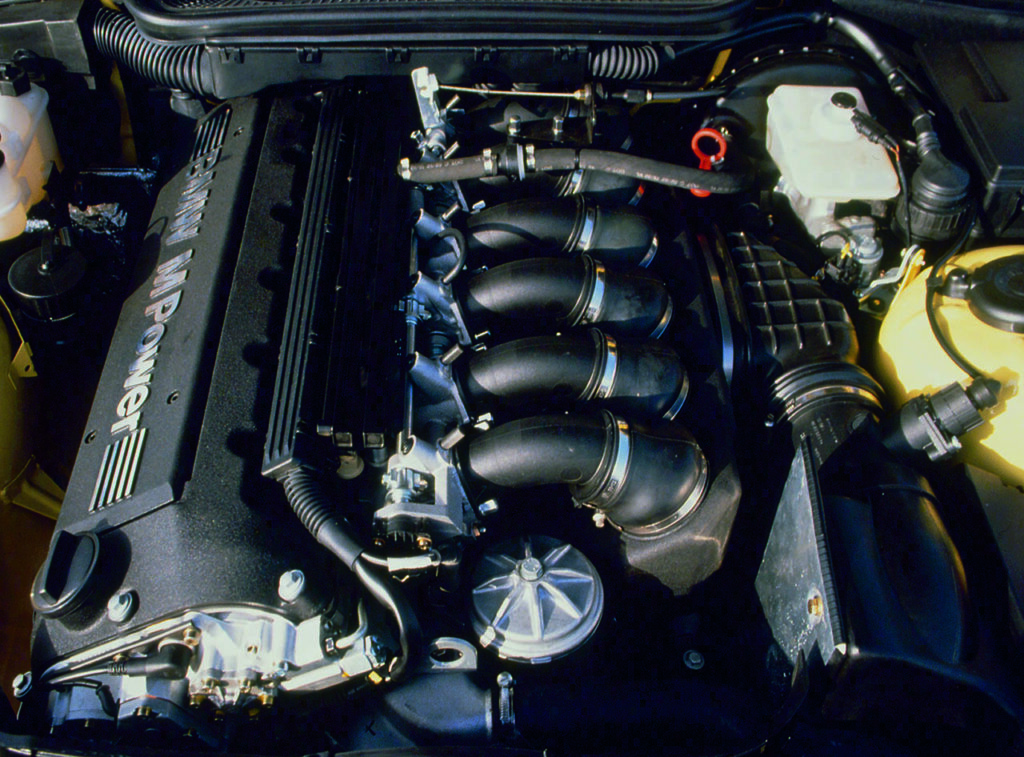
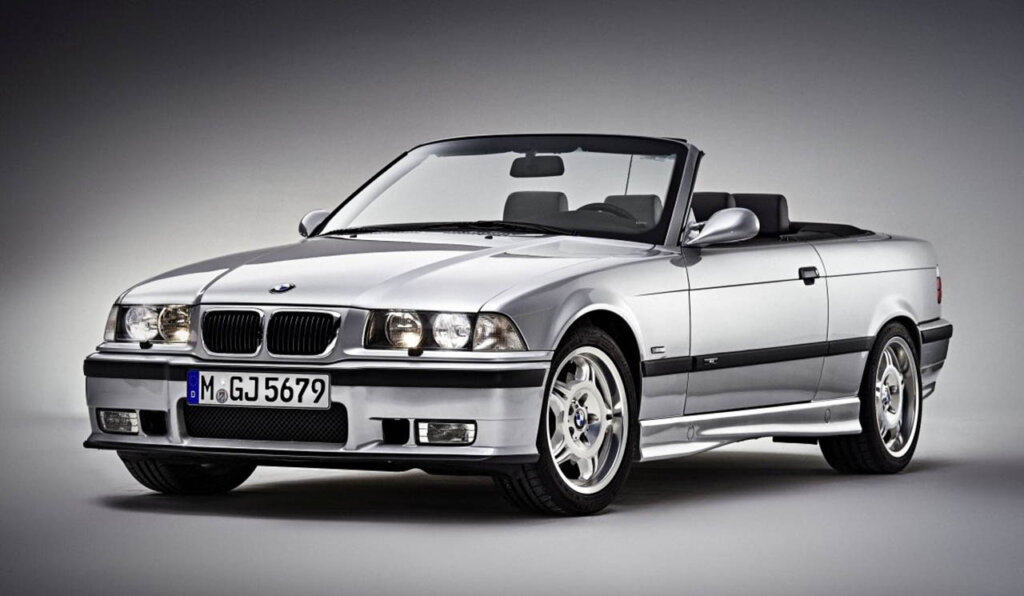
Source: BMW Pressclub Global

